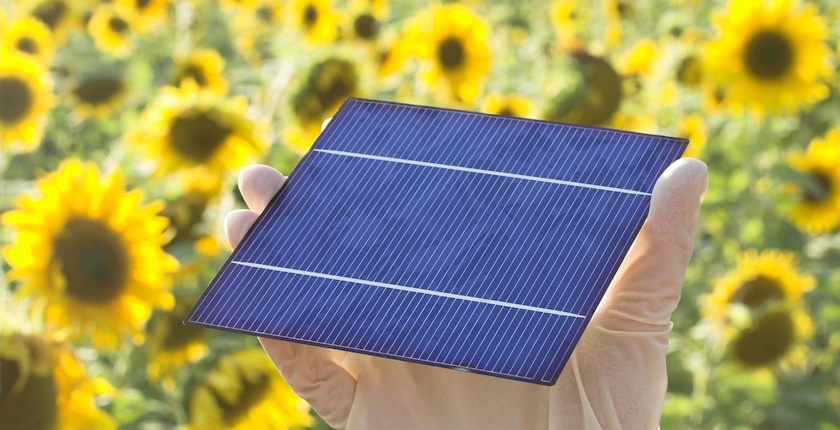
Photo: Martin Baumann from Pixabay
Researchers at Aarhus University in Denmark have investigated different types of agriphotovoltaic configurations. Their analysis finds the eligible area is distributed quite unevenly in Europe. The highest share of available land is in Ireland, 63.9%. Conversely, only 1% of Norway is suitable for agrisolar facilities.
Agrivoltaics are the simultaneous use of land for agriculture and photovoltaic systems. Solar power plants are often criticized for occupying large areas. The combination of agricultural land with solar power is one of the ways to address the challenge, with benefits both for investments in PV systems and the crops beneath them.
Researchers considered two feasibility factors in agrivoltaic systems: output potential and the impact of solar panels on underlying farmland. Then they investigated the potential across Europe.
Three configurations were tested with different row spacings and different heights
Three configurations were investigated: a static one with optimal tilt, single-axis horizontal tracking (rotating east to west during the day on a fixed axis), and vertically mounted bifacial panels, consisting of two-sided solar cells.

Crops use solar radiation to carry out photosynthesis, but only during some periods of the year, and with only one part of the solar spectrum. For this reason, three configurations were tested with different row spacings and different heights, depending on the type of crops under the panels.
The team developed a model that simulates shadows on solar panels and on the ground, allowing an accurate analysis of output reduction for each simulated hour, rather than just assuming a general loss factor. It was important for comparing and analyzing the three setups
The eligible area is distributed unevenly across Europe
The axis tracking version has a higher electricity yield, but when considering the daily generation patterns of the different configurations, the vertical bifacial produces a higher price-weighted electricity yield for some countries.
The researchers aimed to keep at least 80% of the land on which the solar power plants are located for agricultural purposes, while at the same time maximizing the production of electricity.
The results showed that agrivoltaics have great potential in Europe. The authors calculated that the capacity can reach 51 TW, translating to as much as 71.5 PWh per year or a whopping 25 times more than the current electricity demand in Europe.
The share of eligible land in most European countries is between 12% and 29%
However, the analysis shows that the eligible area is distributed quite unevenly across Europe. The majority of the countries in Europe that were covered have shares of eligible land of 12% to 29%. Ireland has most, 63.9%, followed by Hungary (58.6%) and Denmark (53.9%). On the other hand, in Norway, only 1% of land is suitable for the development of agrivoltaics.


















Be the first one to comment on this article.